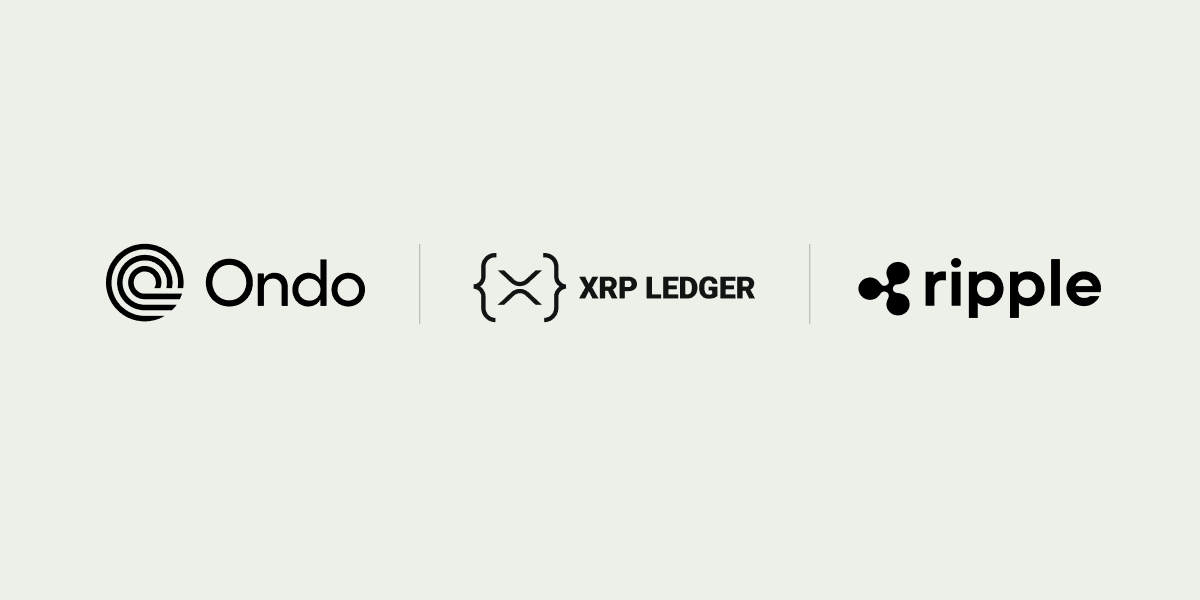When it comes to creator earnings, the struggle between artists and digital platforms is well-documented and nothing new. Metallica’s Lars Ulrich led a very public fight and lawsuit against illegal downloading on Napster during Web1.
These creator earning challenges persist in the world of Web2. Streaming platforms like Spotify have taken hits for the sometimes-meager compensation they pay to musicians. Consider Tasmin Little, an award-winning classical violinist, who claimed she received just $15.50 for six months of streaming on Spotify during the pandemic—a span when she would have had over 3.5 million total streams on the platform.
While creator royalty payments are routine for musicians, that is not the case for most artists. Many artists are only compensated on an initial sale. But even if a piece of art appreciates in value or a work is resold, the artist rarely receives any additional creator royalty compensation and has little-to-no visibility over provenance and transactions for their work over time.
Maximizing Value for Creators
Blockchain technology (tokenization in particular) has been touted to help resolve this issue and bolster the broader creative economy by ensuring artists are fairly compensated and rights protected. As OnXRP said recently, “Royalties are an essential part of art in Web3. In fact, royalties were one of the main selling points at the beginning of the NFT bull market. Artists could not only sell their artwork in the digital realm but also perpetually receive income on secondary sales, which was previously a challenging task to execute.”
Indeed, with ownership recorded on the blockchain and smart contracts directing royalty payments, artists were promised a safe and recurring revenue stream from their creations. It was heralded as the beginning of a new creator economy.
However, that ideal vision for NFT royalties has not necessarily become reality. Some marketplaces like X2Y2 and Magic Eden recently moved to make royalties optional. In the face of swift and vociferous blowback from the NFT community, they relented and reinstated royalties or made them optional per the original creators. Even Opensea—the largest NFT marketplace—came close to cutting out creator royalties from their policy, but reconsidered after backlash from the community.
So, do NFT creators get royalties regardless of where they mint those NFTs? If so, what is to prevent royalties being removed again in the future or by less responsive marketplaces? In addition to equitable distribution of value, how can artists ensure protection for themselves and their work beyond basic copyrights?
Protocol-Level Royalty Protections
Enforcing NFT creator royalties at the protocol level is key to maximizing creator value, but not every chain or marketplace is adhering to this standard—sparking pushback from the broader creator community. Without royalties enforced for projects built on-chain, there’s little reward or incentive for creator loyalty and longevity.
The whole purpose of on-chain NFTs and the creator economy is to maximize value given back to the creators themselves—and XLS-20 is the manifestation of this belief. Launched earlier this year, XLS-20 was designed with creators in mind to ensure and enforce royalties up front. It lowers the technical requirements needed to launch NFT projects and embeds critical features like automatic royalties and co-ownership for a more powerful, seamless and widely accessible NFT experience. This becomes even more important for smaller artists that don’t have massive teams behind them to help track their royalties, transactions made over time, and provenance of their work. Instead, they need marketplaces with upfront, transparent fees and transactions.
Award-winning artist and author BUA, who has an upcoming drop in February, comments: “It’s a difficult world to algorithmically track and trace transactions and royalties on secondary market sales. Artists need accurate protections—including enforceability and traceability—that don’t require signing away your royalties in order to join a ledger.”
By programming NFT royalties into an API call/Mainnet integration, XLS-20 eliminates the need for complex smart contract-based royalties, making it easier to manage and track while also preventing royalties from being overridden by a third party. This is a much simpler, user-friendly design that ensures the agreement is enforced throughout the process through immutable, on-chain verification that can’t be obfuscated.
Artist Jessica Ragzy Ewud says, “one of the main deterrents for most artists when creating NFTs is the need for smart contracts. Artists typically are more skilled with creativity and ideas rather than being well-versed in technology and coding. XLS-20 is desirable for artists because there isn’t a need for a complex smart contract. Ease of use makes it more appealing to fine artists who want to focus on the creative process rather than a technical one.”
XRPL is the Chain of Choice for NFT Creators
Core to this improved NFT experience are the inherent advantages of the XRP Ledger (XRPL) as a fast, low-cost and scalable chain. Able to handle a high volume of transactions that can close in less than five seconds and cost only a fraction of a cent, the XRPL supports a wide range of NFT use cases.
It is also green by design and is the first major blockchain to be carbon neutral. Much more efficient than leading proof-of-work blockchains, the XRPL enables billions of NFTs to be created and transacted sustainably.
“The short-term effects of applying royalties are simple: both the marketplace and creators are able to build the foundation for a meaningful relationship through mutual interest. One that is not only driven by income and volume, but also by growth,” adds OnXRP. “Whether it is a gaming, utility, or art-based project, understanding the creator’s goal and helping them execute their roadmap means the whole ecosystem wins. By having this royalty structure, we are incentivized to keep pushing the projects to new horizons.”
Ultimately, the addition of XLS-20 helps maximize value for those who create, distinguishing the XRPL from chains with centralized authorities. It cements the promise of technology in service to creators and further solidifies the XRPL as the blockchain of choice for NFTs.
To learn more about NFT support on the XRP Ledger, visit XRPL.org.







